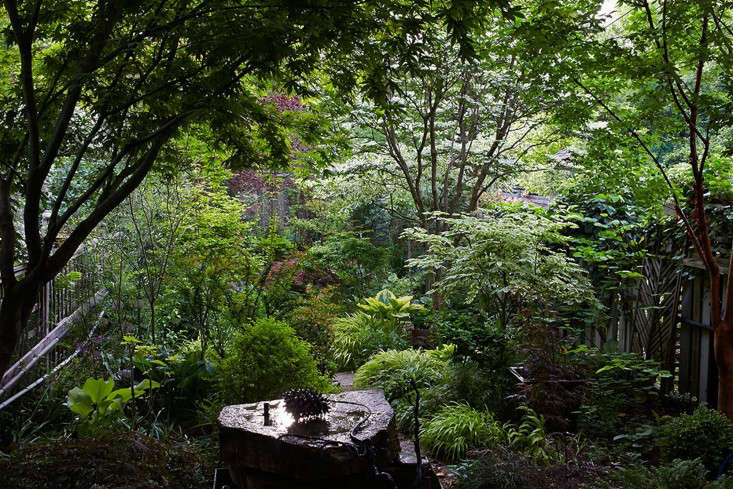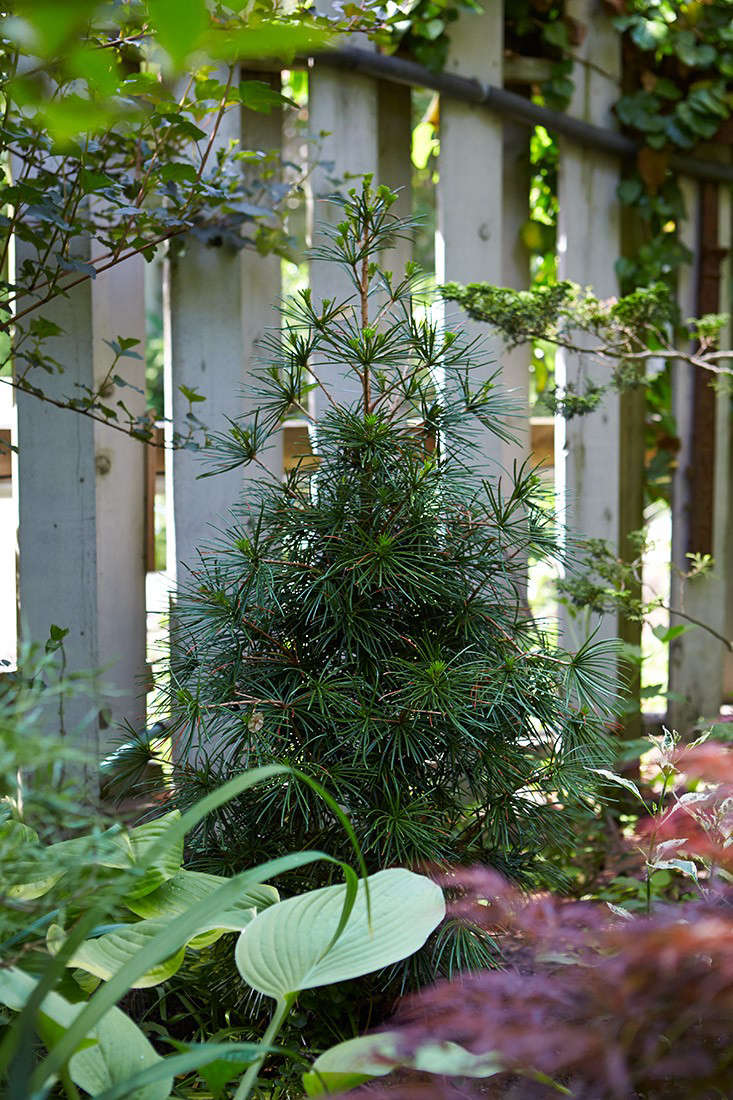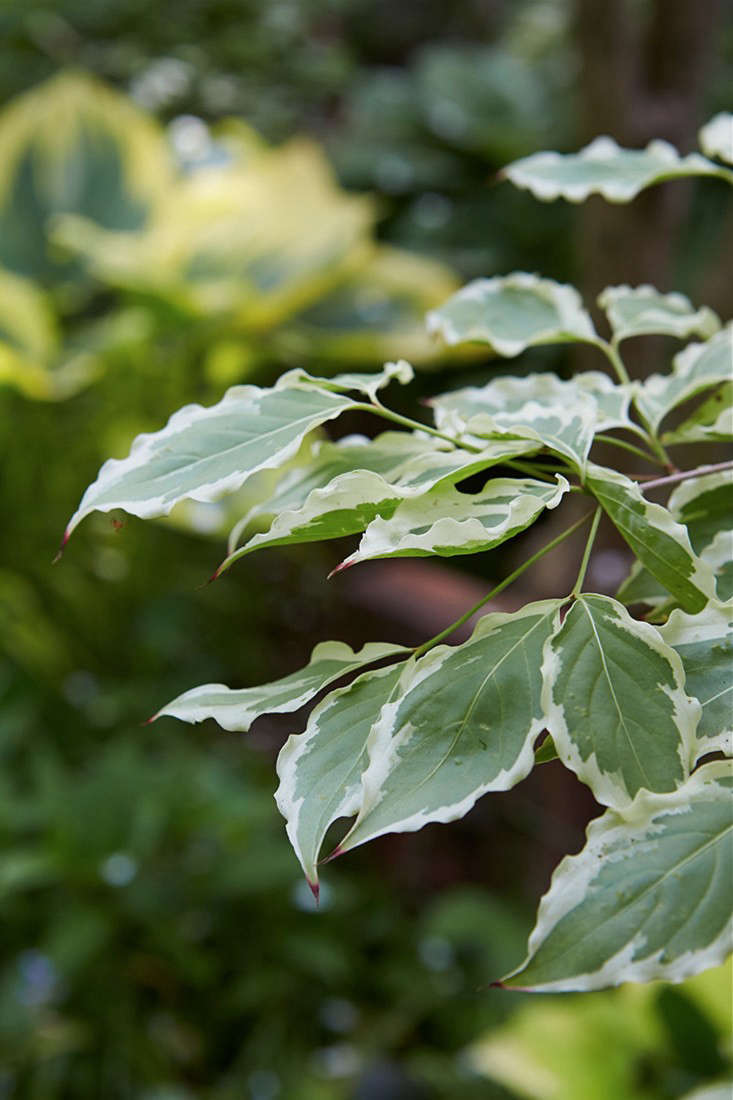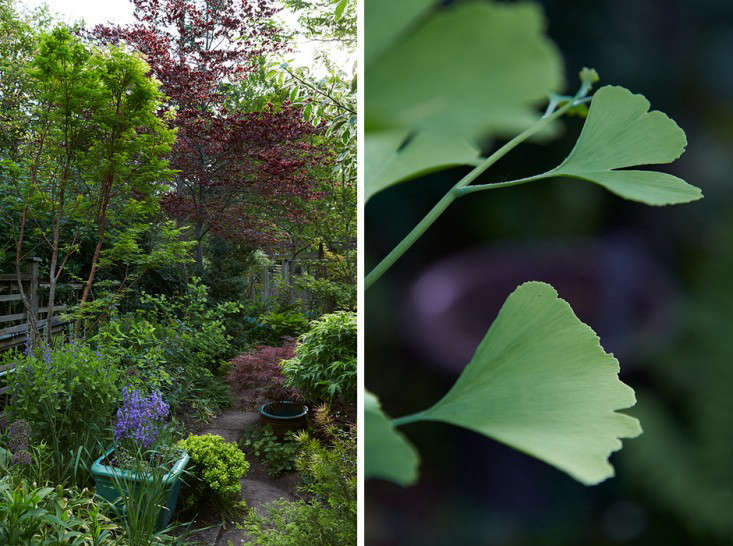Gardening is not in my family or in my blood. But one fine morning more than 30 years ago, the sun slanted seductively into my Toronto backyard and my garden suddenly seemed the most glorious place on earth. I knew that I could do something interesting here and–ho, ho–I would have complete control. In very short order, I moved from being a daily gardener to an all-day gardener.
My garden measured 19 by 136 feet, and I decided to divide the space into three sections (back then I didn’t know they were called garden rooms). Each one would be dedicated to plants that thrive under different conditions: morning sun, shade at noon, and afternoon sun. For me, that was a major revelation: Different plants need different light conditions.
Then, without even contemplating what a cataclysmic change it would make to my life, I switched from general journalism to only writing about my garden. Eventually that turned into 15 garden books for Canadians and one for everyone, Botanica North America (published in 2003, it’s out of print but used copies are available, from $5.80 on Amazon).
Photography by Andreas Trauttmansdorff for Gardenista.

My three garden rooms are the House Garden, where Japanese maples and evergreens abound; the Woodland Garden, home to massive hostas, hellebores, and arums; and Le Jardin de Refusé, which houses a small “hospital” for clients’ plants that need to be nursed back to health.






As I changed, so did my garden. Now I know how to layer plants, what grows where, and when things will bloom. Back then I only knew how to love the plants. But my eye had been honed by years of working in an art gallery: Scale, harmony, and planes were things I understood. So why not apply them to gardening? This was like collecting and displaying sculpture. Gradually, I learned that succession is everything in garden design.

Over the years I’ve become more interested in foliage, patterns, and small moments rather than swathes of blooming color. I have a passion for trees–especially gingkoes, Japanese maples, dogwoods, anything native to the Carolinian forest. It’s impossible to have too many of these in a garden. I indulge my love of perennials when I design other people’s gardens: Let them do the deadheading. I just want to watch my living sculptures grow old with me.
I’ll buy any plant designated for any zone (I’m in US growing zone 5) and try to make it comfortable. But I’m fighting the impossible: I live on a flood plain once held in check by hundreds of trees. Most of these have long since been replaced by parking pads and patios. The flood happens annually and we’re perpetually devising new ways to deal with it. I am Queen of the Sump Pumps. Then the water drifts away and we have dry shade the rest of the year. If a plant survives in my garden, it will survive anywhere.


Everyone lives cheek by jowl here in downtown Toronto, and we respect each other. Except for the guy who ripped out his garden and put in plastic grass. Him we don’t speak to.
N.B.: This post is an update; it was first published in June 2015.
For other Canadian gardens, see Earth Inc. in Toronto: A River Runs Through It and Steal This Look: An Airy Outdoor Shower. And read more about Marjorie’s garden at Marjorie Harris.












Have a Question or Comment About This Post?
Join the conversation